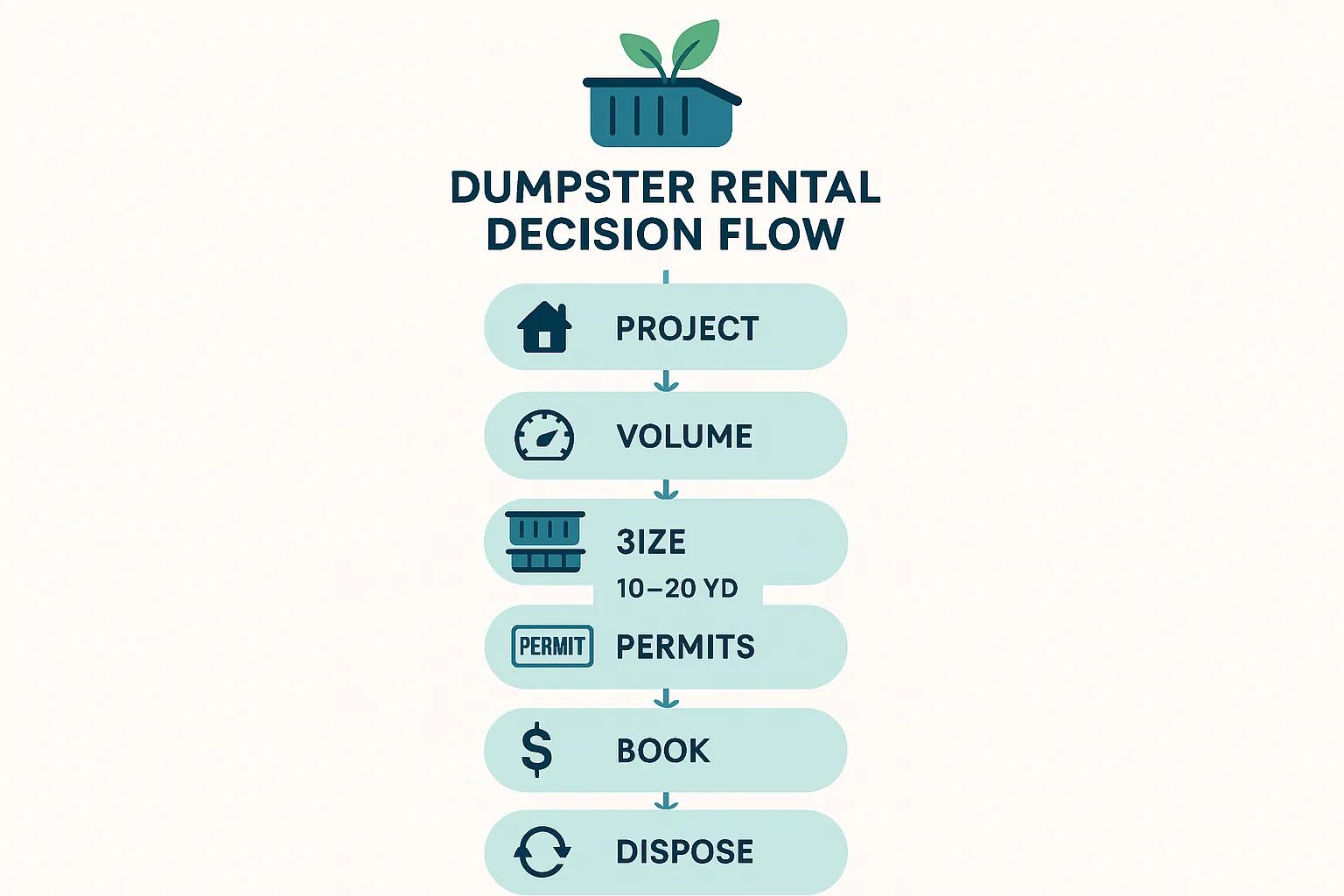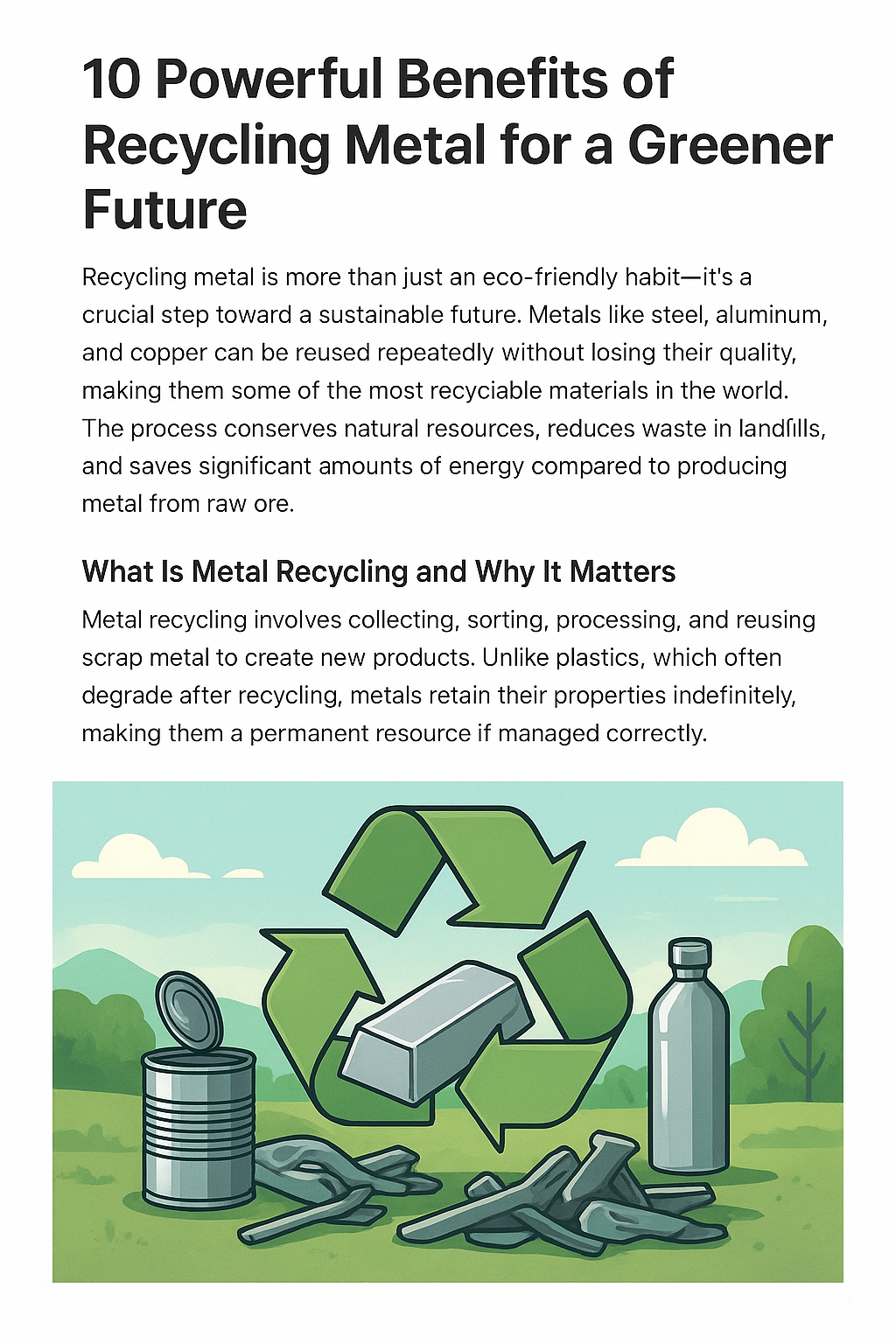
Sustainable Environmental Policy Initiatives Driving Change Today: Key Strategies and Impact
By BKThemes
Global greenhouse gas emissions reached record highs in 2024, underscoring the need for robust sustainable environmental policy initiatives that drive tangible change today. Sustainable environmental policy initiatives encompass coordinated regulations, economic instruments, and voluntary programs aimed at balancing economic growth with ecological health. This guide explores seven core themes: the main types of policy initiatives, global frameworks and agreements, key stakeholders, economic and social impacts, measurement and reporting, emerging technologies, and future trends and challenges. Readers will gain actionable insights into policy mechanisms, stakeholder roles, measurement tools, and innovation enablers to support informed decision-making in public and private sectors.
What Are the Main Types of Sustainable Environmental Policy Initiatives?
Sustainable environmental policy initiatives include a variety of instruments designed to protect ecosystems and reduce pollution by aligning economic incentives with environmental goals. These initiatives leverage regulatory mandates, market-based tools, and collaborative frameworks to achieve cleaner air, healthier ecosystems, and resource efficiency. Key categories address climate mitigation and adaptation, biodiversity conservation, circular economy models, water management and pollution control, and sustainable agriculture and land use.
How Do Climate Change Policies Mitigate and Adapt to Global Warming?
Climate change policies mitigate greenhouse gas emissions by imposing carbon pricing and incentivizing renewable energy deployment, leading to reduced global warming potential. Instruments such as cap-and-trade systems, carbon taxes, and performance standards drive emission cuts, while adaptation measures—like coastal defenses and drought-resilient infrastructure—enhance community resilience. Together, these policies slow temperature rise and protect vulnerable populations.
What Are Effective Biodiversity Conservation and Ecosystem Protection Policies?
Biodiversity conservation policies safeguard habitats and species by establishing protected areas, wildlife corridors, and restoration programs that maintain ecosystem services. Legal frameworks such as endangered species acts and habitat regulations mandate conservation actions, while incentive schemes reward landowners for preserving natural landscapes. By preserving genetic diversity and ecological functions, these policies support long-term environmental stability.
What Are Effective Biodiversity Conservation and Ecosystem Protection Policies?
Biodiversity conservation policies safeguard habitats and species by establishing protected areas, wildlife corridors, and restoration programs that maintain ecosystem services. Legal frameworks such as endangered species acts and habitat regulations mandate conservation actions, while incentive schemes reward landowners for preserving natural landscapes. By preserving genetic diversity and ecological functions, these policies support long-term environmental stability.
How Do Circular Economy Policies Promote Resource Efficiency and Waste Reduction?
Circular economy policies incentivize reuse, recycling, and sustainable production to decouple growth from resource consumption. Extended producer responsibility mandates that manufacturers manage end-of-life product recovery, while landfill taxes and resource-efficiency standards reduce waste streams. Economic incentives for material recovery create closed-loop systems that minimize landfill dependency and foster sustainable manufacturing.
| Sector | Policy Instrument | Outcome |
|---|---|---|
| Packaging | Extended Producer Responsibility | Increased recycling rates |
| Manufacturing | Resource-efficiency standards | Reduced raw material use |
| Waste Management | Landfill taxes | Decreased landfill volumes |
| Construction | Material recovery quotas | Higher reuse of building materials |
Circular economy rules shift industries toward sustainable design and resource stewardship, paving the way for low-waste societies and resilient supply chains.
How Do Circular Economy Policies Promote Resource Efficiency and Waste Reduction?
Circular economy policies incentivize reuse, recycling, and sustainable production to decouple growth from resource consumption. Extended producer responsibility mandates that manufacturers manage end-of-life product recovery, while landfill taxes and resource-efficiency standards reduce waste streams. Economic incentives for material recovery create closed-loop systems that minimize landfill dependency and foster sustainable manufacturing.
What Water Resource Management and Pollution Control Policies Are Driving Change?
Water policies combine regulatory limits on pollutants with integrated resource planning to ensure water security and ecosystem health. Measures include stringent wastewater discharge standards, catchment-based water allocation frameworks, and investments in green infrastructure such as constructed wetlands. Pollution trading programs for nutrients and heavy metals create market incentives that lower contamination levels and improve water quality for communities and wildlife.
How Are Sustainable Agriculture and Land Use Policies Shaping Environmental Outcomes?
Sustainable agriculture policies promote practices like agroforestry, precision farming, and soil conservation to enhance productivity while reducing environmental impacts. Subsidies for cover crops and no-till methods improve soil carbon sequestration, whereas land-use zoning restricts conversion of critical habitats. These measures increase climate resilience, maintain biodiversity, and support sustainable rural economies under integrated land stewardship frameworks.
How Do Global Policy Frameworks and Agreements Influence National Environmental Policies?
Global frameworks establish shared goals and norms that shape national legislation through binding treaties and voluntary commitments. By aligning domestic regulations with international targets and reporting obligations, countries integrate global ambitions into local policy design and enforcement, fostering coherence and ambition across borders.
What Is the Paris Agreement and Its Impact on Climate Policy?
The Paris Agreement is an international treaty that commits parties to limit global warming well below 2 °C and pursue efforts toward 1.5 °C by implementing nationally determined contributions. It drives climate policy by requiring regular emission reduction pledges, transparent reporting, and periodic stocktakes that ratchet up ambition. This mechanism embeds climate mitigation into national energy, transport, and industrial strategies.
What Is the Paris Agreement and Its Impact on Climate Policy?
The Paris Agreement is an international treaty that commits parties to limit global warming well below 2 °C and pursue efforts toward 1.5 °C by implementing nationally determined contributions. It drives climate policy by requiring regular emission reduction pledges, transparent reporting, and periodic stocktakes that ratchet up ambition. This mechanism embeds climate mitigation into national energy, transport, and industrial strategies.
How Do the UN Sustainable Development Goals Integrate Environmental Policy?
The UN Sustainable Development Goals (SDGs) provide 17 interlinked targets, including SDG 13 (Climate Action), SDG 14 (Life Below Water), and SDG 15 (Life on Land), which frame environmental objectives within broader development agendas. Countries align environmental regulations with these goals, integrating biodiversity protection, water management, and pollution control into sustainable development plans and budgetary priorities.
What Role Does International Cooperation Play in Environmental Governance?
International cooperation strengthens policy coherence through multilateral institutions like UNEP and OECD, technology transfer partnerships, and joint financing mechanisms. Collaborative platforms—such as the Green Climate Fund—mobilize resources for developing countries, while regional alliances harmonize standards. These cooperative structures enhance capacity, share best practices, and build collective resilience against transboundary challenges.
Who Are the Key Stakeholders in Implementing Sustainable Environmental Policies?
Effective policy implementation depends on coordinated action among governments, private enterprises, civil society organizations, and public–private partnerships. Each actor provides unique resources—from regulatory authority to technical expertise and grassroots mobilization—to translate environmental objectives into measurable outcomes.
How Do Governments Drive Change Through Regulations and Incentives?
Governments enact regulations, set emission limits, and enforce compliance, while offering tax credits and subsidies to accelerate green investments. They fund research and innovation, develop public infrastructure, and convene stakeholder dialogues that build consensus. By combining mandates with rewards, policymakers steer markets and society toward sustainable pathways.
What Is the Role of the Private Sector and Corporate Sustainability Policies?
Companies embed environmental goals into business strategies through corporate sustainability policies, ESG reporting, and internal carbon pricing. They invest in renewable energy, resource-efficient technologies, and supply-chain transparency initiatives. Private-sector leadership demonstrates feasibility, spurs innovation, and attracts impact-focused investors.
How Do NGOs and Civil Society Influence Environmental Policy Adoption?
NGOs and community groups advocate for policy reforms, raise public awareness, and monitor enforcement to ensure accountability. Through research publications, legal challenges, and stakeholder convenings, civil society shapes the policy agenda, promotes transparency, and bridges gaps between governments and citizens.
What Are Examples of Successful Public-Private Partnerships in Environmental Policy?
Public–private partnerships (PPPs) leverage combined resources to deliver infrastructure projects, technology deployment, and capacity-building programs. For example, urban green infrastructure initiatives financed by local governments and private investors have restored watersheds and reduced flood risks, demonstrating how shared investments yield both environmental and social dividends.
What Are the Economic and Social Impacts of Sustainable Environmental Policies?
Sustainable policies generate economic opportunities and societal benefits by fostering new industries, improving public health, and enhancing social equity. They transform environmental stewardship into engines of growth and resilience.
How Do Environmental Policies Support Green Economy and Economic Growth?
Policies that mandate renewable energy targets and fund green innovation create markets for clean technologies and green jobs. Carbon pricing revenues can be reinvested in infrastructure and workforce training, stimulating economic diversification. By internalizing environmental costs, these policies align profitability with sustainability.
What Are the Social Equity and Public Health Dimensions of Environmental Policies?
Air and water quality regulations reduce illness from pollution, lowering healthcare costs and improving community well-being. Environmental justice provisions ensure that marginalized groups benefit equitably from policy interventions, while climate adaptation measures protect vulnerable populations from extreme weather impacts and food insecurity.
How Do Environmental Policies Affect Corporate Risk Management and Investor Confidence?
Clear regulatory frameworks and mandatory ESG disclosures enhance transparency, reducing policy uncertainty and reputational risks for companies. Investors reward strong sustainability performance with lower capital costs and portfolio resilience, driving broader adoption of environmental risk management practices across industries.
How Is the Impact of Environmental Policies Measured and Reported?
Quantifiable metrics and transparent reporting frameworks track policy effectiveness, guide adjustments, and build stakeholder trust. Standardized KPIs and rigorous assessment methods provide the data backbone for continuous improvement and accountability.
What Are Key Environmental Performance Indicators (KPIs) for Policy Effectiveness?
Environmental KPIs measure changes in emissions, resource use, and ecosystem health.
| Indicator | Metric | Target |
|---|---|---|
| Carbon Footprint | Tonnes CO₂ Equivalent | 50 % reduction by 2030 |
| Water Withdrawal | Cubic Metres per Capita | Sustainable use within renewable supply limits |
| Air Quality Index | Particulate Matter (µg/m³) | Maintain PM₂.₅ below WHO guideline of 10 µg/m³ |
| Biodiversity Intactness | Species Abundance Index | No net loss of sites by 2035 |
Consistent KPI monitoring reveals trends, informs policy adjustments, and demonstrates progress toward environmental objectives.
How Do ESG Reporting Frameworks Enhance Corporate Sustainability Transparency?
ESG reporting standards—such as GRI, SASB, and TCFD—provide structured guidelines for disclosing climate risks, governance practices, and social impacts. By following these frameworks, companies offer investors and stakeholders standardized information that facilitates performance comparisons and supports informed investment decisions.
What Tools and Methods Are Used for Environmental Impact and Strategic Assessments?
Environmental Impact Assessments (EIA) and Strategic Environmental Assessments (SEA) evaluate project-level and policy-level effects on ecosystems and communities. Cost-benefit analyses quantify economic trade-offs, while life-cycle assessments measure environmental footprints across supply chains. These tools guide officials in designing and refining effective, evidence-based policies.
What Emerging Technologies Are Driving Innovation in Environmental Policy Implementation?
Digital and analytical technologies enhance policy design, enforcement, and public engagement by delivering real-time data and transparent insights. Advanced tools enable proactive management of environmental risks and accelerate progress toward sustainability targets.
How Is Artificial Intelligence Enhancing Climate and Environmental Monitoring?
Artificial intelligence processes satellite imagery and sensor data to detect deforestation, track air pollution plumes, and predict extreme weather events with high accuracy. These capabilities improve regulatory compliance monitoring, inform rapid response strategies, and optimize resource allocation for conservation and adaptation efforts.
What Role Do IoT and Blockchain Play in Sustainable Resource Management?
Internet of Things networks connect sensors across water, energy, and waste infrastructures to enable real-time monitoring of resource flows and leak detection. Blockchain provides immutable records for supply-chain tracking, ensuring provenance of sustainable materials and reducing fraud in carbon credit markets. Combined, these technologies boost accountability and operational efficiency.
How Are Data Visualizations and Semantic Technologies Improving Policy Transparency?
Interactive dashboards and geospatial maps translate complex environmental datasets into accessible insights for policymakers and the public. Semantic web tools and knowledge graphs integrate diverse data sources, enabling cross-sector analyses and linking policies to outcomes. This transparency fosters public trust and supports collaborative decision-making.
What Are the Future Trends and Challenges in Sustainable Environmental Policy Initiatives?
Policy evolution beyond 2025 will respond to shifting geopolitical dynamics, technological breakthroughs, and emerging environmental threats. Anticipating these trends and addressing implementation barriers will be critical for sustained progress.
What Are the Key Environmental Policy Trends Beyond 2025?
Future trends include scaling net-zero industrial frameworks, integrating nature-based solutions into urban planning, and implementing universal carbon border adjustments to address trade-related emissions. Long-term targets toward 2030 and 2050 will drive more stringent emission pathways and ecosystem restoration commitments.
How Will Geopolitical and Economic Uncertainties Affect Policy Resilience?
Political shifts and economic volatility can delay policy roll-outs and reduce funding for environmental programs. Building resilience through diversified financing, flexible regulation mechanisms, and multilateral cooperation will help maintain momentum despite global instabilities.
What Emerging Policy Areas Could Shape the Future of Environmental Governance?
Governance of geoengineering research, space environmental protection regulations, and digital sovereignty in environmental data management represent new frontiers. Policymakers will need adaptive frameworks that anticipate technological risks while capturing potential benefits for climate mitigation and biodiversity conservation.
How Can Barriers to Policy Adoption and Enforcement Be Overcome?
Overcoming barriers requires capacity-building, stakeholder engagement, and transparent governance. Investing in technical assistance, fostering public–private collaboration, and incorporating community-driven approaches ensure that policies are feasible, supported, and effectively enforced across diverse contexts.
Sustainable environmental policy initiatives form the backbone of global efforts to secure a resilient, equitable, and prosperous future. By understanding the main policy types, global frameworks, stakeholder roles, impacts, measurement methods, enabling technologies, and emerging trends, decision-makers can craft effective strategies that deliver lasting environmental and social benefits. Embracing innovative tools, transparent reporting, and inclusive governance will accelerate progress, making sustainable policies a catalyst for positive change in every region and sector. For expert guidance on designing and implementing these initiatives, consider partnering with specialized advisory services to align your organization’s goals with global sustainability ambitions.



